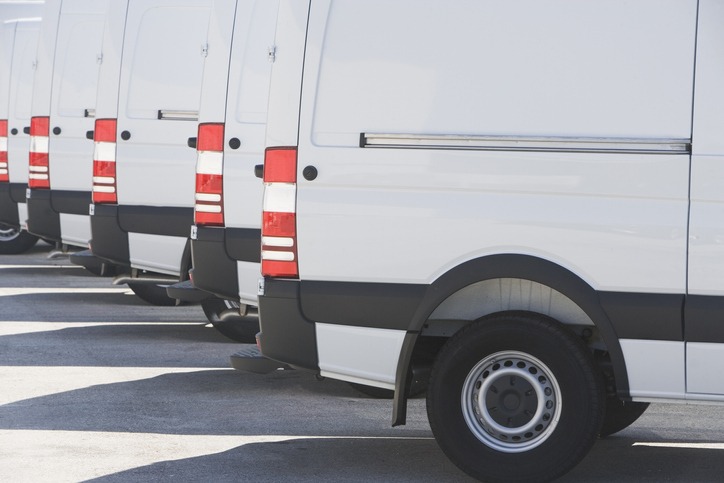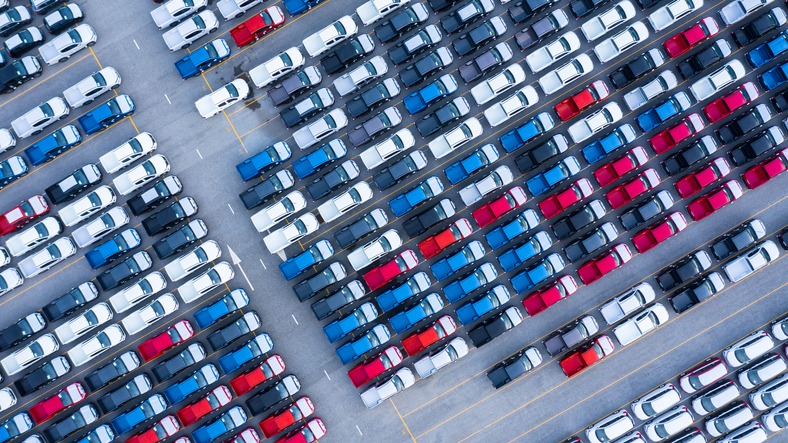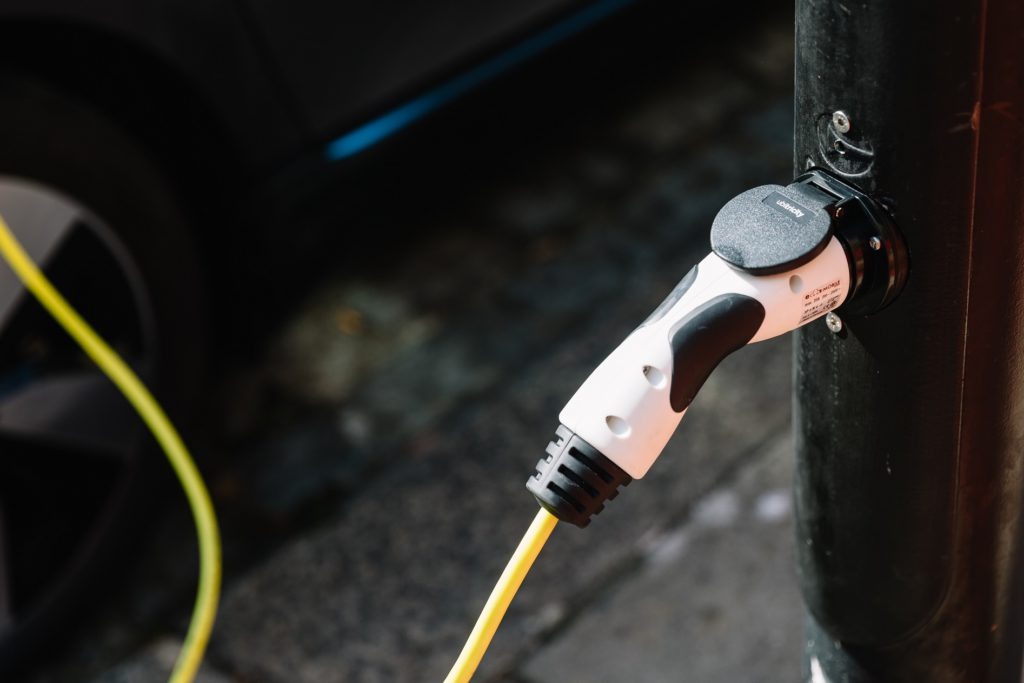Not all lights are green for fleet decarbonisation
15 September 2021

The British Vehicle Rental and Leasing Association (BVRLA) has revealed ‘dangerous gaps’ in the fleet market’s road to decarbonisation. Some sectors have been accelerating towards the UK’s 2030 internal-combustion engine (ICE) phaseout, but others appear stuck at a red light.
The BVRLA’s Road to Zero Report Card 2021 assesses the decarbonisation trajectories of the UK’s car, van and truck fleets. Progress is measured by scoring battery-electric vehicle (BEV) supply, demand and infrastructure with a traffic-light system.
Cars are cruising
The association’s 2021 report points to a very mixed picture of progress. There is a more positive outlook for cars. The huge demand for BEVs received a ‘green – cruising’ score. The BVRLA reflects that most fleet-car segments are enthusiastically embracing electromobility. This is thanks in no small part to a favourable tax regime, continual new model rollouts and a growing charging network.
Examining August’s UK new-car registration figures, BEV demand does indeed appear to be climbing ever higher, even though the market is contending with substantial supply shortages. These fully-electric cars accounted for 10.9% of registrations in the UK last month. Looking ahead, the Society of Motor Manufacturers and Traders (SMMT) estimates that BEVs will account for 9.5% of registrations this year. This would mark a year-on-year increase of almost 44% from the 6.6% market share the drive type held in 2020.
Under 0.7% of the UK’s car parc is currently zero-emission, but 22% of salary-sacrifice cars, 8% of company cars, and 7% of car-club cars are BEVs, the association points out. But the car-rental sector’s BEV fleet currently stands at just 0.6%, reflecting the unique decarbonisation challenges it faces.
The BVRLA ranked the decarbonisation of car supply and charging at ‘amber – accelerating.’ Infrastructure is getting developed and deployed increasingly quickly. Nissan recently partnered with Dreev to launch a bidirectional-charging offering in the UK. Meanwhile, Shell has confirmed plans to install 50,000 on-street charging points across the country by the end of 2025. However, the pace of this development must keep up with demand for BEVs, otherwise confidence in the ecosystem will take a severe blow.
No greens for larger vehicles
The BVRLA does not paint such a green picture for the van sector. Infrastructure, supply and demand all received an ‘amber – brakes-on’ rating. The association points to growing concerns around a shortage of suitable electric vans for many use cases, as well as problems with public charging and insufficient government support, such as grants or tax incentives. Just 1% of the current leased LCV market is made up of BEVs, in turn making up only 0.4% of the wider van parc. The rental market is behind here too, with 0.1% of its fleet powered by batteries.
But the report points to heavy-goods vehicles (HGVs) as the greatest cause for concern. ‘With the government poised to issue a 2035-2040 phase-out deadline, the sector receives a blanket ‘red– parked’ rating,’ the BVRLA states. ‘There is precious little momentum in this fleet segment, with no phase-out delivery plan, no technology roadmap, no mainstream vehicles and no charging infrastructure.’
‘Every fleet is on the ‘road to zero’, but the task ahead is easier for some than others,’ said BVRLA chief executive, Gerry Keaney. ‘There are “sweet spots” where the tax incentives, total cost of ownership and typical journey patterns make going zero emission an attractive choice. Elsewhere, progress is much slower as fleets grapple with a shortage of appropriate vehicles and eye-watering charging-infrastructure costs.’



